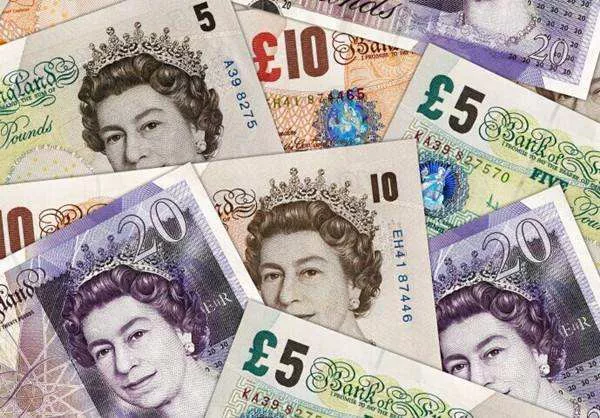The pound sterling, commonly known as the pound, has a rich and storied history as the currency of the United Kingdom. Over the years, it has experienced fluctuations in value against other major currencies, witnessing both highs and lows. In this article, we delve into the pound’s weakest moments, exploring the events and factors that contributed to its decline. By examining these historical lows, we gain insights into the economic challenges faced by the UK and the global market dynamics surrounding the pound.
1. The Great Depression (1929-1939):
The first significant blow to the pound came during the Great Depression, an international economic crisis that originated in the United States but quickly spread worldwide. As the global economy contracted, the demand for British exports plummeted, resulting in a severe decline in the pound’s value. By 1931, the pound had weakened significantly, leading to its devaluation against the US dollar.
2. The Black Wednesday Crisis (1992):
Another notable period of weakness for the pound was during the Black Wednesday crisis in September 1992. Speculators, led by George Soros, bet against the pound, which was then pegged to the European Exchange Rate Mechanism (ERM). The UK government struggled to maintain the fixed exchange rate, ultimately abandoning it and allowing the pound to float freely. This decision caused a sharp depreciation in the pound’s value, leading to significant economic and political ramifications for the UK.
3. The Global Financial Crisis (2007-2008):
The pound experienced further weakness during the global financial crisis of 2007-2008. The collapse of major financial institutions, coupled with a housing market crash, severely impacted the UK economy. Investor confidence waned, leading to a sell-off of the pound and subsequent devaluation. By early 2009, the pound had reached its lowest level against the US dollar in more than two decades.
4. Brexit-Related Uncertainty (2016-2019):
The lead-up to and aftermath of the 2016 Brexit referendum created a prolonged period of uncertainty, which significantly affected the pound’s value. The decision to leave the European Union led to concerns about the UK’s economic stability and future trade relationships. As a result, the pound experienced significant volatility, with multiple steep declines against major currencies. The pound hit a 31-year low against the US dollar in October 2016, highlighting the market’s unease.
5. COVID-19 Pandemic (2020-Present):
The ongoing global pandemic caused by the outbreak of COVID-19 has presented unprecedented challenges for economies worldwide, including the UK. As countries imposed lockdowns and travel restrictions, economic activity stalled, leading to recessions and contractions. The pound initially weakened as investors sought safer assets amidst the increased uncertainty. However, it later recovered some ground due to government intervention and fiscal stimulus measures.
Conclusion:
The pound sterling has experienced several significant lows throughout history, each linked to unique events and circumstances. From the Great Depression to the Black Wednesday crisis, the global financial crisis to Brexit-related uncertainty, and the recent impact of the COVID-19 pandemic, these moments have tested the strength and resilience of the pound. While fluctuations in currency values are inevitable, understanding the factors that contribute to a weaker pound helps us appreciate the complexities of the global economy and the interplay between politics, economics, and investor sentiment. As we navigate an uncertain future, the lessons learned from these historical lows can guide policymakers, investors, and individuals alike in making informed decisions regarding their financial well-being.


